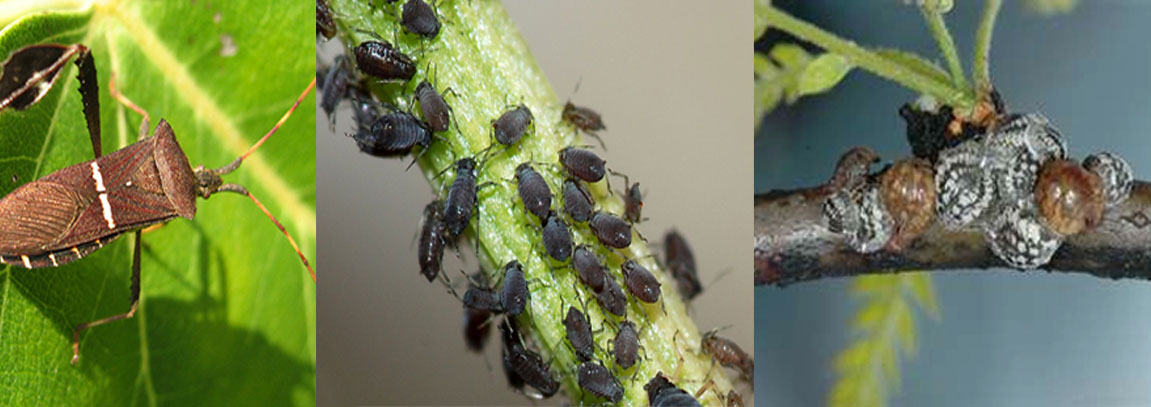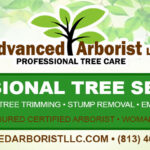When you think of Florida’s lush landscapes and vibrant flora, the image of majestic trees often comes to mind. However, even in paradise, these trees face threats from various pests that can compromise their health and vitality.
In this comprehensive guide, we’ll explore the common pests that target Florida trees and delve into effective strategies for dealing with them. Whether you’re a homeowner, a landscaper, or a nature enthusiast, understanding and addressing these issues can help preserve the beauty and longevity of Florida’s cherished trees.
1. The Menace of Citrus Root Weevils: Description: Citrus root weevils are sneaky insects that attack the roots of citrus trees, causing significant damage to their stability and nutrient absorption. What to Look For: Stunted growth, wilting leaves, and root damage near the soil surface. Counteraction: Apply beneficial nematodes to the soil, prune affected roots, and maintain proper irrigation to promote tree health.
2. Battling the Bronze Bug: Description: The bronze bug, also known as the rugose spiraling whitefly, targets a wide range of tree species in Florida. Their feeding habits can lead to leaf yellowing and a sooty mold buildup. What to Look For: Yellowing leaves, sticky residue on leaves and nearby surfaces. Counteraction: Introduce natural predators like ladybugs, apply insecticidal soap, and practice regular tree maintenance to discourage infestations.
3. Defending Against Pine Bark Beetles: Description: Pine bark beetles tunnel into the bark of pine trees, disrupting the tree’s vascular system and causing dieback. What to Look For: Reddish-brown dust around tree crevices, thinning crown, and presence of boring holes. Counteraction: Keep trees healthy through proper watering and fertilization, remove infested trees promptly, and consider using pheromone traps to disrupt beetle mating.
4. Tackling the Menacing Oak Worms: Description: Oakworms, also known as oak leafrollers, can defoliate oak trees in no time, leaving them vulnerable to disease and stress. What to Look For: Stripped leaves, droppings on leaves and branches. Counteraction: Apply biological insecticides, prune infested branches, and encourage natural predators like birds and wasps.
5. Managing the Dreaded Sudden Oak Death: Description: Sudden Oak Death, caused by a water mold pathogen, affects various oak species. It manifests as cankers on the bark and can lead to tree death. What to Look For: Oozing cankers, brown leaves, dark discoloration on bark. Counteraction: Remove infected branches, practice good sanitation to prevent spread, and choose disease-resistant oak species for planting.
Conclusion: Florida’s trees contribute to the state’s unique beauty, but they are under constant threat from various pests. By familiarizing yourself with these common pests and their signs, you can take proactive steps to protect and preserve your beloved trees. Remember, prevention and early intervention are key to maintaining healthy trees that will thrive for generations to come. Whether you’re an arborist or a homeowner, your efforts to combat these pests are crucial for the well-being of Florida’s stunning tree population.
For exceptional tree services tailored to your needs , contact us. Our team of certified arborists is committed to delivering top-notch tree care solutions.




